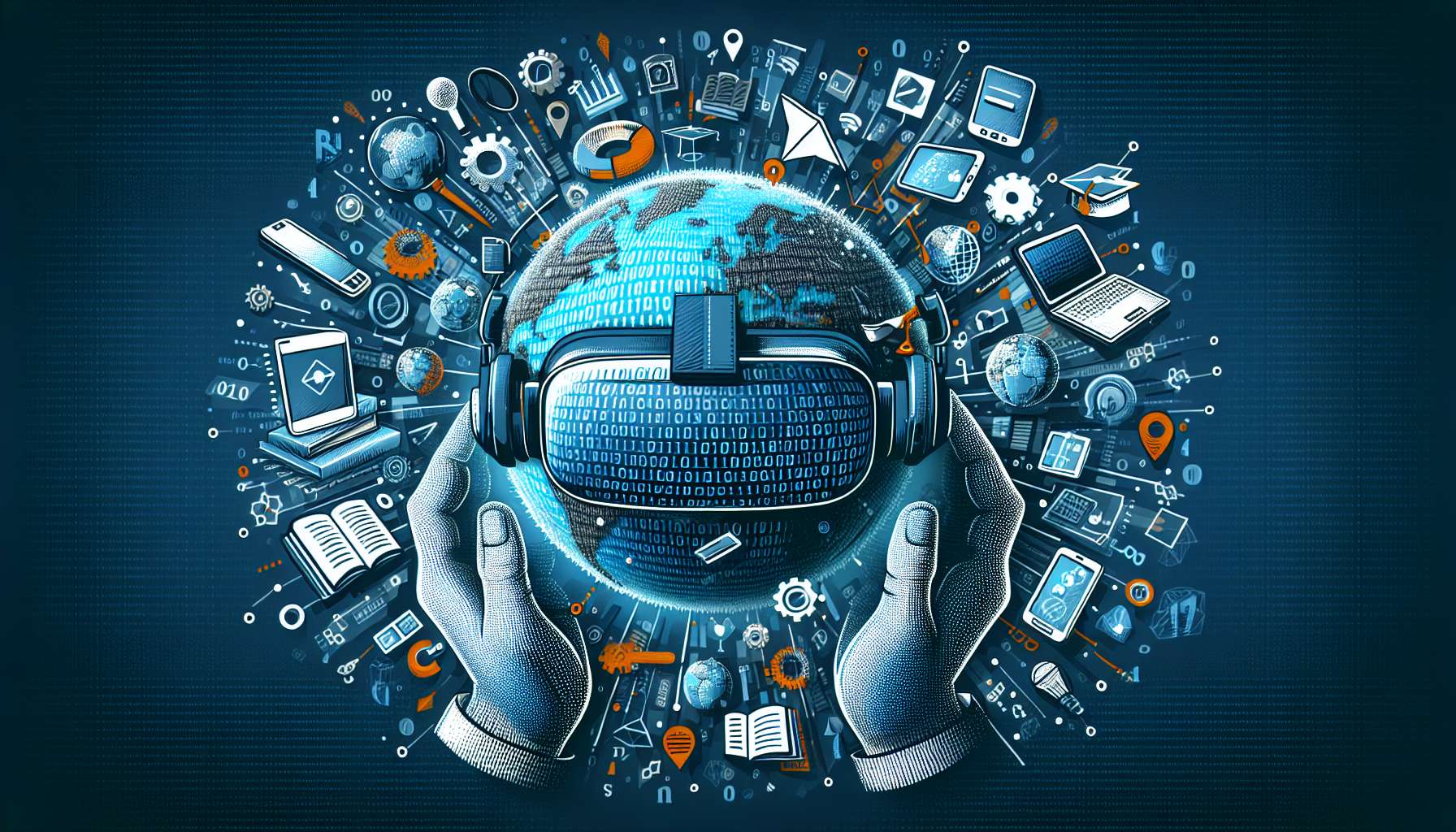The Potential of VR in Remote Learning and Online Education
Virtual Reality (VR) technology has been making waves in various industries, and one area where its potential is truly transformative is in remote learning and online education. As the world increasingly shifts towards digital platforms for education, VR offers a unique and immersive way to engage students and enhance the learning experience.
- Immersive Learning Environments: One of the key advantages of VR in education is the ability to create immersive learning environments. Students can be transported to different locations, time periods, or even inside the human body, providing a hands-on experience that goes beyond traditional textbooks or videos.
- Interactive Learning: VR allows for interactive learning experiences where students can actively participate in simulations, experiments, or virtual field trips. This interactivity not only makes learning more engaging but also helps improve retention and understanding of complex concepts.
- Accessibility and Inclusivity: VR technology has the potential to make education more accessible to students with disabilities or those who may not have access to traditional educational resources. It can level the playing field by providing a more inclusive learning environment for all students.
- Collaborative Learning: Virtual reality can also facilitate collaborative learning experiences, where students can work together in virtual spaces regardless of their physical location. This fosters teamwork, communication skills, and the ability to solve problems collectively.
- Cost-Effective Training: In fields such as healthcare, aviation, or engineering, VR can offer cost-effective training simulations that mimic real-world scenarios without the need for expensive equipment or physical resources. This can help students gain practical skills in a safe and controlled environment.
While the potential of VR in remote learning and online education is vast, there are still challenges to overcome, such as the cost of VR equipment, technical limitations, and the need for specialized training for educators. However, as technology continues to advance and become more accessible, the integration of VR into education holds promise for revolutionizing the way we learn and teach.








